- English
- Español
- Português
- русский
- Français
- 日本語
- Deutsch
- tiếng Việt
- Italiano
- Nederlands
- ภาษาไทย
- Polski
- 한국어
- Svenska
- magyar
- Malay
- বাংলা ভাষার
- Dansk
- Suomi
- हिन्दी
- Pilipino
- Türkçe
- Gaeilge
- العربية
- Indonesia
- Norsk
- تمل
- český
- ελληνικά
- український
- Javanese
- فارسی
- தமிழ்
- తెలుగు
- नेपाली
- Burmese
- български
- ລາວ
- Latine
- Қазақша
- Euskal
- Azərbaycan
- Slovenský jazyk
- Македонски
- Lietuvos
- Eesti Keel
- Română
- Slovenski
- मराठी
- Srpski језик
Application of carbon-based thermal field materials in silicon carbide crystal growth
2024-10-21
Ⅰ. Introduction to SiC materials:
1. Overview of material properties:
The third-generation semiconductor is called compound semiconductor, and its bandgap width is about 3.2eV, which is three times the bandgap width of silicon-based semiconductor materials (1.12eV for silicon-based semiconductor materials), so it is also called wide bandgap semiconductor. Silicon-based semiconductor devices have physical limits that are difficult to break through in some high-temperature, high-pressure, and high-frequency application scenarios. Adjusting the device structure can no longer meet the needs, and third-generation semiconductor materials represented by SiC and GaN have emerged.
2. Application of SiC devices:
Based on its special performance, SiC devices will gradually replace silicon-based in the field of high temperature, high pressure, and high frequency, and play an important role in 5G communications, microwave radar, aerospace, new energy vehicles, rail transportation, smart grids, and other fields.
3. Preparation method:
(1) Physical vapor transport (PVT): The growth temperature is about 2100~2400℃. The advantages are mature technology, low manufacturing cost, and continuous improvement of crystal quality and yield. The disadvantages are that it is difficult to continuously supply materials, and it is difficult to control the proportion of gas phase components. It is currently difficult to obtain P-type crystals.
(2) Top seed solution method (TSSG): The growth temperature is about 2200℃. The advantages are low growth temperature, low stress, few dislocation defects, P-type doping, 3C crystal growth, and easy diameter expansion. However, metal inclusion defects still exist, and the continuous supply of Si/C source is poor.
(3) High temperature chemical vapor deposition (HTCVD): The growth temperature is about 1600~1900℃. The advantages are continuous supply of raw materials, precise control of Si/C ratio, high purity, and convenient doping. The disadvantages are high cost of gaseous raw materials, high difficulty in engineering treatment of thermal field exhaust, high defects, and low technical maturity.
Ⅱ. Functional classification of thermal field materials
1. Insulation system:
Function: Construct the temperature gradient required for crystal growth
Requirements: Thermal conductivity, electrical conductivity, purity of high-temperature insulation material systems above 2000℃
2. Crucible system:
Function:
① Heating components;
② Growth container
Requirements: Resistivity, thermal conductivity, thermal expansion coefficient, purity
3. TaC coating components:
Function: Inhibit the corrosion of base graphite by Si and inhibit C inclusions
Requirements: Coating density, coating thickness, purity
4. Porous graphite components:
Function:
① Filter carbon particle components;
② Supplement carbon source
Requirements: Transmittance, thermal conductivity, purity
Ⅲ. Thermal field system solution
Insulation system:
Carbon/carbon composite insulation inner cylinder has high surface density, corrosion resistance, and good thermal shock resistance. It can reduce the corrosion of silicon leaked from the crucible to the side insulation material, thereby ensuring the stability of the thermal field.
Functional components:
(1) Tantalum carbide coated components
(2) Porous graphite components
(3) Carbon/carbon composite thermal field components



